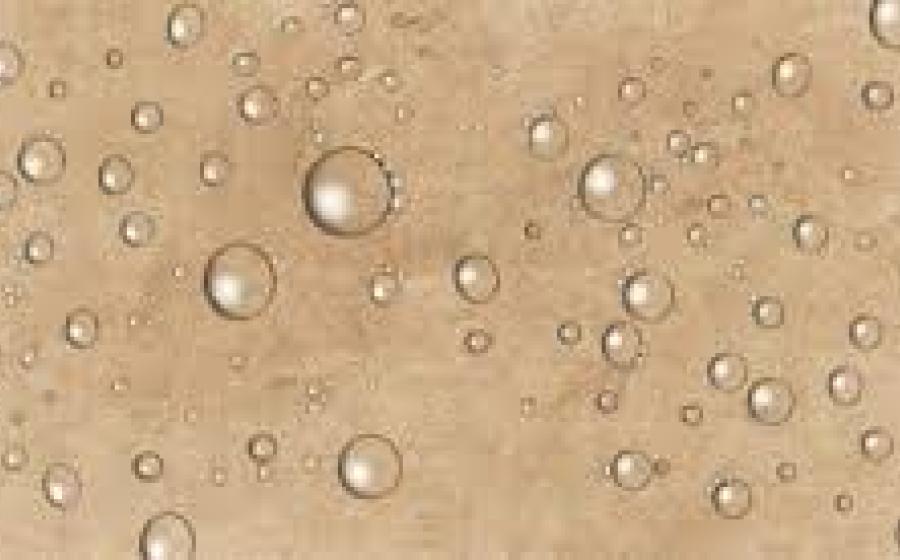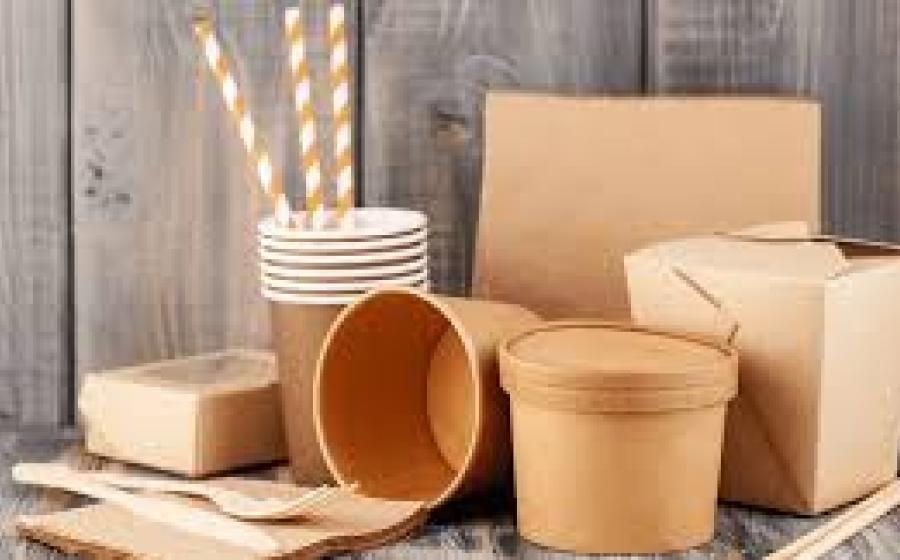

As sustainability becomes a driving force in packaging innovation, more companies are reevaluating the materials they use especially in lamination and surface protection. One of the most significant shifts we’re seeing is the move from plastic laminates to water-based coatings.
This transition is reshaping how we approach protective packaging—without compromising performance. But what’s the difference, and why is this shift so important?
The Traditional Route: Plastic Laminates
Plastic laminates have long been used in packaging to provide:
- Glossy finishes
- Moisture barriers
- Scratch and scuff resistance
- Strength and durability
These laminates, typically polyethylene (PE) or polyester (PET), are bonded to paperboard or film substrates using adhesives or heat. While effective, they pose a major recycling challenge. Once paperboard is laminated with plastic, it becomes difficult—if not impossible—to recycle through conventional paper streams.
Additionally, plastic laminates contribute to:
- Increased carbon emissions
- Non-biodegradable waste
- Complex separation processes at recycling facilities
The Sustainable Shift: Water-Based Coatings
Enter water-based coatings—a game-changing alternative that delivers many of the same benefits as plastic laminates, but with a lighter environmental footprint.
✔ What are water-based coatings?
These are formulations that use water as the primary solvent, combined with resins, binders, and additives. They are applied in thin layers over substrates and cured by heat or air.
✔ Benefits of water-based coatings:
- Recyclability: Coated paper can go straight into paper recycling streams.
- Reduced VOCs: Water-based systems emit significantly fewer volatile organic compounds compared to solvent-based coatings.
- Lower energy demand: No plastic film lamination, fewer layers, and simpler application mean reduced energy usage.
- Less material waste: No additional plastic films are required.
They can offer properties such as:
- Scuff resistance
- Moisture resistance
- Print protection
- Aesthetic finishes (matte, gloss, soft-touch)
Performance Considerations: Are They Equal?
While water-based coatings are more sustainable, there are performance trade-offs to consider:
|
Feature |
Plastic Laminates |
Water-Based Coatings |
|
Barrier Properties |
Excellent (e.g. moisture, grease) |
Moderate (improving with tech) |
|
Recyclability |
Low |
High |
|
Aesthetic Finishes |
High gloss, clear |
Matte, satin, semi-gloss |
|
Scuff Resistance |
Very high |
Moderate to high |
|
Environmental Impact |
High |
Low |
|
Processing Complexity |
Multi-step, layered |
Simple, single-layer |
However, advancements in coating chemistry are quickly closing the gap, especially for applications like dry food cartons, cosmetic boxes, and electronics sleeves.
Use Cases in the Industry
- Amazon Devices: Transitioned from plastic wraps to water-based coatings in outer packaging.
- Snack Packaging: Brands are using water-based dispersion coatings for recyclable mono-material paper wraps.
- Folding Cartons: Pharma and cosmetics companies are moving to water-based alternatives to maintain recyclability and meet sustainability pledges.
The Road Ahead
Water-based coatings are emerging as a viable, scalable alternative for many packaging applications. While not yet suitable for every barrier-intensive need (like frozen food or high-fat content items), continuous R&D is expanding their capabilities.
As regulations tighten and consumer demand grows for sustainable solutions, water-based coatings will likely become standard practice across more segments of the packaging industry.



